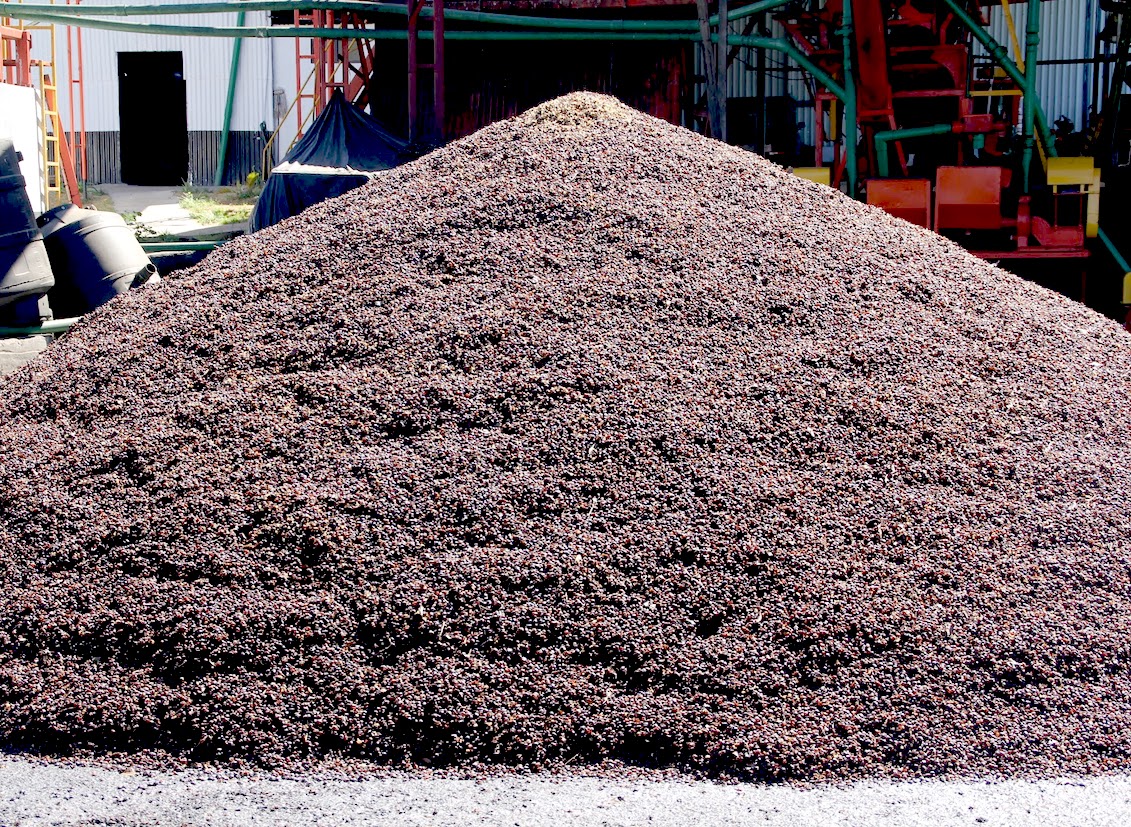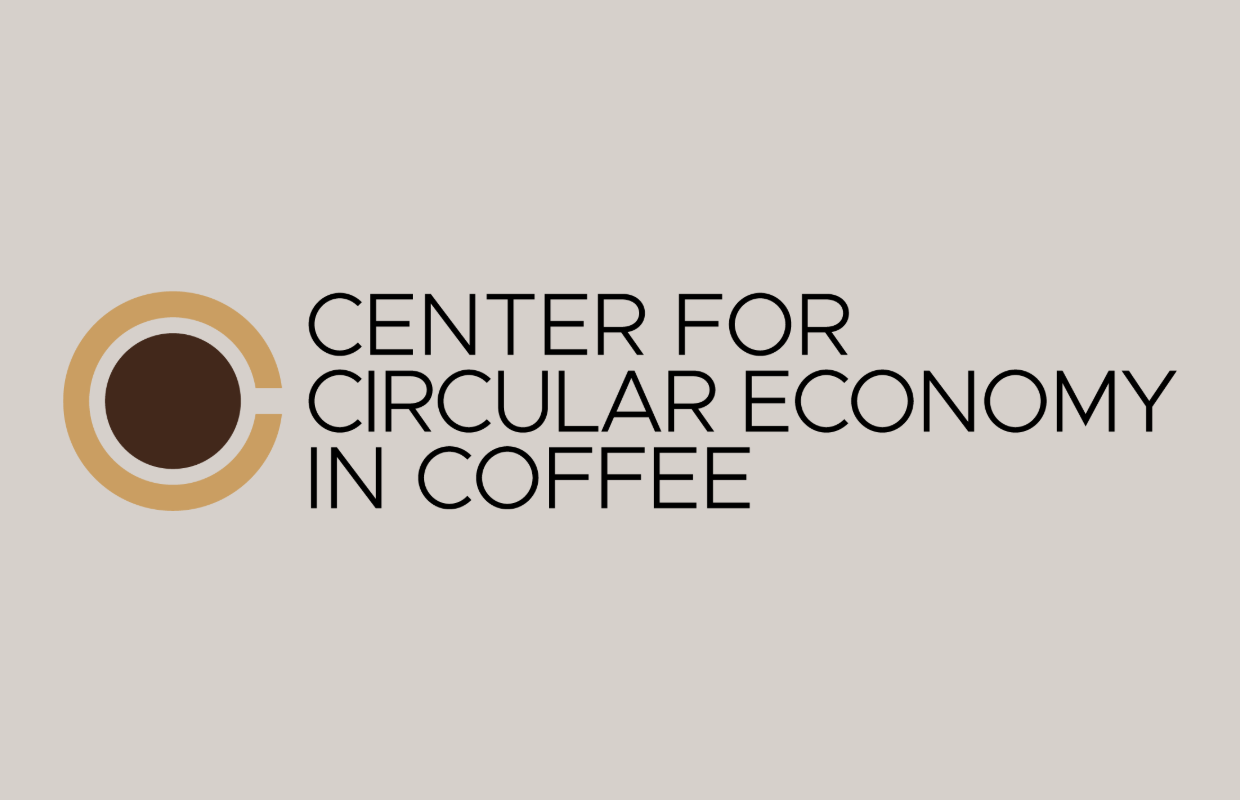 “`html
“`html
Launch of the Global Center for Circular Economy in Coffee

A pile of coffee pulp and following mechanical removal. While sometimes treated as waste, coffee byproducts can also be transformed into compost or revenue-generating materials. Daily Coffee News photo.
Introduction
According to a recent report, approximately 34-39 million tons of biological material, excluding green coffee itself, is produced globally each year in coffee production.
Objectives of the Center for Circular Economy in Coffee (C4CEC)
The newly launched global pre-competitive platform, the Center for Circular Economy in Coffee (C4CEC), aims to keep this material out of the waste stream and generate value for coffee producers and other “value circle” actors.
Membership and Participation
The platform’s founding members are calling on organizations to promote and disseminate circular economy approaches throughout the global coffee industry. These approaches may include:
- Regenerative agriculture practices
- Reuse of coffee grounds
The goal is to gather a diverse group of stakeholders including producers, small businesses, traders, roasters, and consumer-facing companies, especially in coffee-producing countries. The platform is also open to research partners, civil society members, impact investors, and international organizations.
Leadership and Founding Members
The report and the C4CEC platform are currently led by international groups including:
- International Trade Centre (ITC)
- International Coffee Organization (ICO)
- United Nations Industrial Development Organization (UNIDO)
Notably, three additional partners from Italy, a significant player in the global coffee market, are involved:
- Lavazza Foundation
- Politecnico di Torino
- University of Gastronomic Sciences in Pollenzo (UNISG), founded by the nonprofit Slow Food Foundation
Working Group and Membership Application
A 47-member working group has been instrumental in driving the project. Organizations wishing to join the pre-competitive platform are invited to apply online by 31 May.
Benefits for Small Businesses
“Small businesses in coffee-producing countries have the most
Sustainable Development Goals (SDGs) Analysis
1. Which SDGs are addressed or connected to the issues highlighted in the article?
- SDG 12: Responsible Consumption and Production
- SDG 8: Decent Work and Economic Growth
- SDG 9: Industry, Innovation, and Infrastructure
- SDG 17: Partnerships for the Goals
2. What specific targets under those SDGs can be identified based on the article’s content?
- SDG 12: Responsible Consumption and Production
- Target 12.5: By 2030, substantially reduce waste generation through prevention, reduction, recycling, and reuse.
- SDG 8: Decent Work and Economic Growth
- Target 8.2: Achieve higher levels of economic productivity through diversification, technological upgrading, and innovation.
- SDG 9: Industry, Innovation, and Infrastructure
- Target 9.4: Upgrade infrastructure and retrofit industries to make them sustainable, with increased resource-use efficiency and greater adoption of clean and environmentally sound technologies.
- SDG 17: Partnerships for the Goals
- Target 17.16: Enhance the global partnership for sustainable development, complemented by multi-stakeholder partnerships that mobilize and share knowledge, expertise, technology, and financial resources.
3. Are there any indicators mentioned or implied in the article that can be used to measure progress towards the identified targets?
- Indicator for Target 12.5: The amount of coffee byproducts transformed into compost or revenue-generating materials instead of being treated as waste.
- Indicator for Target 8.2: Economic opportunities generated for producers, small businesses, traders, roasters, and consumer-facing companies in coffee-producing countries.
- Indicator for Target 9.4: Adoption of circular economy approaches such as regenerative agriculture practices and reuse of coffee grounds.
- Indicator for Target 17.16: Number of organizations joining the Center for Circular Economy in Coffee (C4CEC) platform.
4. Findings from Analyzing the Article
| SDGs | Targets | Indicators |
|---|---|---|
| SDG 12: Responsible Consumption and Production | Target 12.5: Substantially reduce waste generation through prevention, reduction, recycling, and reuse. | The amount of coffee byproducts transformed into compost or revenue-generating materials instead of being treated as waste. |
| SDG 8: Decent Work and Economic Growth | Target 8.2: Achieve higher levels of economic productivity through diversification, technological upgrading, and innovation. | Economic opportunities generated for producers, small businesses, traders, roasters, and consumer-facing companies in coffee-producing countries. |
| SDG 9: Industry, Innovation, and Infrastructure | Target 9.4: Upgrade infrastructure and retrofit industries to make them sustainable, with increased resource-use efficiency and greater adoption of clean and environmentally sound technologies. | Adoption of circular economy approaches such as regenerative agriculture practices and reuse of coffee grounds. |
| SDG 17: Partnerships for the Goals | Target 17.16: Enhance the global partnership for sustainable development, complemented by multi-stakeholder partnerships that mobilize and share knowledge, expertise, technology, and financial resources. | Number of organizations joining the Center for Circular Economy in Coffee (C4CEC) platform. |
Copyright: Dive into this article, curated with care by SDG Investors Inc. Our advanced AI technology searches through vast amounts of data to spotlight how we are all moving forward with the Sustainable Development Goals. While we own the rights to this content, we invite you to share it to help spread knowledge and spark action on the SDGs.
Fuente: dailycoffeenews.com

Join us, as fellow seekers of change, on a transformative journey at https://sdgtalks.ai/welcome, where you can become a member and actively contribute to shaping a brighter future.







